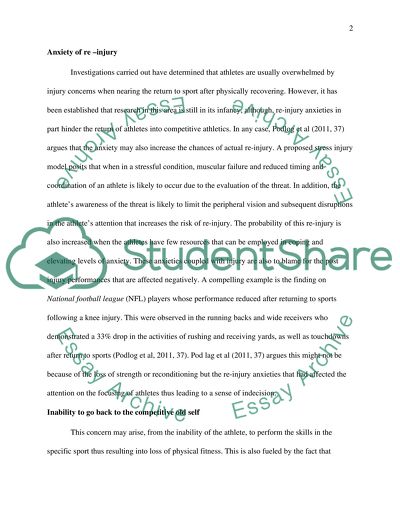Cite this document
(“Psychosocial Intervention Strategies to Help Athletes Return to Essay”, n.d.)
Retrieved from https://studentshare.org/health-sciences-medicine/1396557-psychosocial-intervention-strategies-to-help-athletes-return-to-competitive-athletics
Retrieved from https://studentshare.org/health-sciences-medicine/1396557-psychosocial-intervention-strategies-to-help-athletes-return-to-competitive-athletics
(Psychosocial Intervention Strategies to Help Athletes Return to Essay)
https://studentshare.org/health-sciences-medicine/1396557-psychosocial-intervention-strategies-to-help-athletes-return-to-competitive-athletics.
https://studentshare.org/health-sciences-medicine/1396557-psychosocial-intervention-strategies-to-help-athletes-return-to-competitive-athletics.
“Psychosocial Intervention Strategies to Help Athletes Return to Essay”, n.d. https://studentshare.org/health-sciences-medicine/1396557-psychosocial-intervention-strategies-to-help-athletes-return-to-competitive-athletics.


